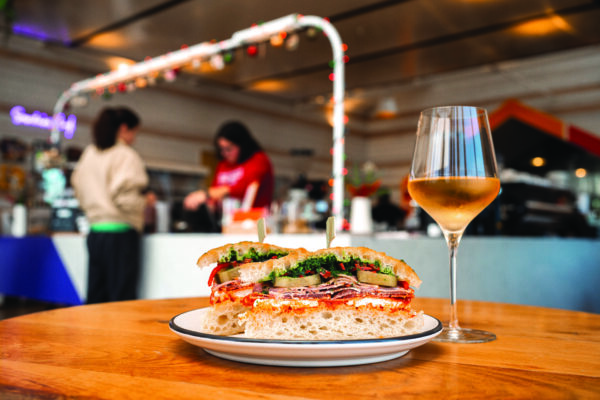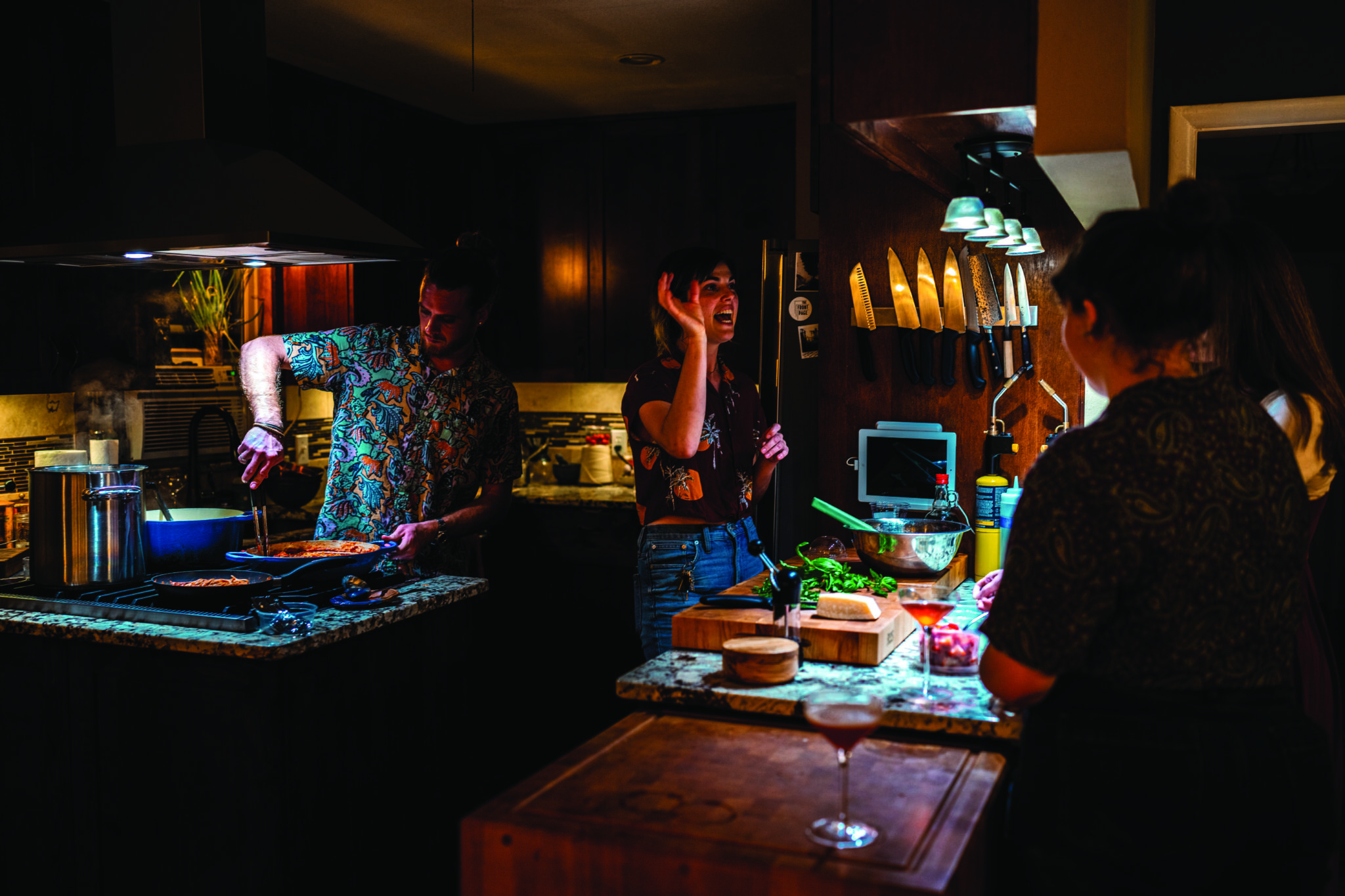A Storied Bungalow




Her Spirit Lives On…
Words by Amanda Covo Photos by Kristina Faji & Ashley Haguewood
An Austin landmark in the heart of the historic Rosewood neighborhood, the Sallie Johnson House is a tiny, old home with an enduring story nearly a century in the making.
On the front porch of her tiny bungalow in East Austin, 82-year-old Sallie Johnson stands for a photo. The year is 1937, and Ms. Johnson is one of 63 former slaves in Travis County who tell their life’s story for posterity.
As part of a federal program in which writers traveled the nation to collect “slave narratives,” Ms. Johnson gives a detailed account of a life born into slavery. She recalls when her father, who lived to be 100 years old by her own account, hauled the limestone that built the Texas Capitol. She remembers when a sister was traded to a farm in Webberville for $1,500 and, of course, speaks vividly about the day she and her family became free people.
I know this because nearly 100 years after her home was built, my husband and I call it home.
When we found the house in 2015, the 1920s bungalow—just 967 square feet—stood on cinder blocks spaced so far apart that contractors would raise their eyebrows and comment how surprised they were that the house was still standing. The doorways leaned and thin walls struggled to hold the roof. It had no insulation, no central air, and a plumbing system barely sustaining the three young East Coast transplants renting the house.
Yet, for all the work needing to be done, its charm and character were undeniable.
Long, gracious windows span around the home where you can imagine the evening breeze would blow through on hot summer nights. The original pinewood floors still lay strong despite decades of foot traffic. The house itself sits on a small plot of land in the heart of the Rosewood neighborhood—a block from a walking trail, the Rosewood Park Pool, Rockstar Bagel, and a one-mile, straight-shot to downtown.
It took eight months to renovate the house. My husband and I, newlyweds at the time, spent the first six months of marriage living in a tiny house built in the back by the previous owner—a 300-square-foot, free-standing loft with a full kitchen and bath.
Like any fixer-upper, we found old gems throughout the renovation, like the original wallpaper hidden behind layers of old drywall and the shiplap wood from the original interior walls. We also had setbacks, including my favorite: a call we received on our honeymoon that we needed a new roof. For the next three weeks, the house sat totally exposed to the sky during a freak 10-day rainstorm. Luckily, wood floors—no matter their age—dry under the Austin sun.
We finally moved into the home in March 2016 to what—from the inside—is likely a much different looking home than the one Ms. Johnson built. No doubt she would have a hard time recognizing the Rosewood neighborhood, too. Back then, there were open fields instead of food trucks, paved roads, bike lanes, and two-story houses.
Rosewood was first settled by Europeans in the late 19th century, and beginning in the 1910s, the City of Austin baked into its zoning the official policy of segregating Black Americans in East Austin. The neighborhood became a vibrant African-American community. The Doris Miller Auditorium, which still stands today two blocks away, served Black servicemen and their families during World War II, notable jazz clubs were as plentiful as coffee shops are today, and the area was home to one of two Black-only movie theaters in the city.
As a free woman, Ms. Johnson had a front-row seat to much of it. Though neither able to read nor write, she defied what was typical of the time; rarely did women—let alone a freed, female slave—own property.
Nearly a century later, the Sallie Johnson House is now a historic city landmark, serving as a celebration of a woman who contributed to both our understanding of a darker past and the founding of a storied neighborhood we call home.
Sallie Johnson’s slave account is one of seven stories recorded and brought to life through the voices of talented local actors by the Austin History Center. To hear the account, visit eastsideatx.com.
Published September 20, 2017










